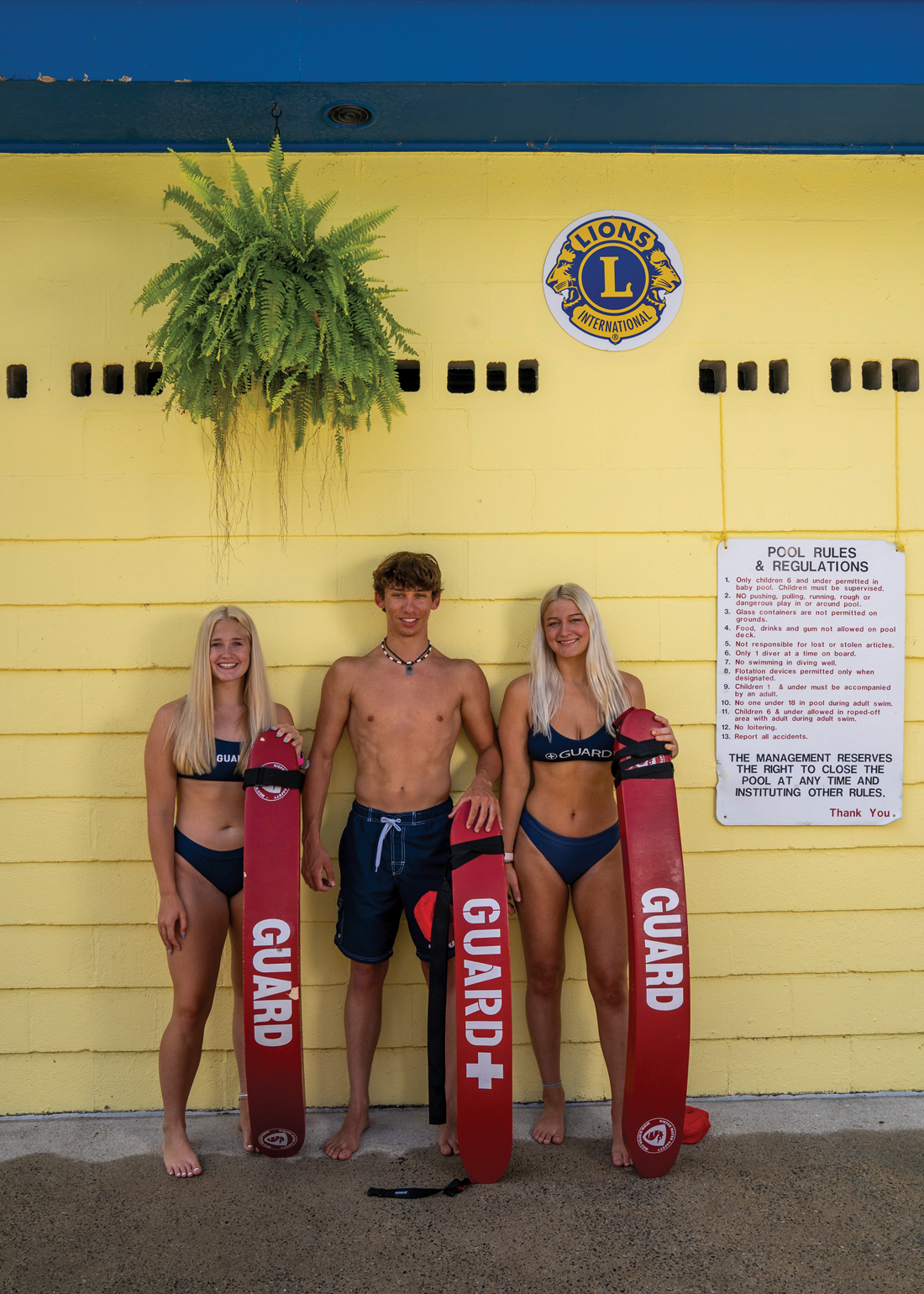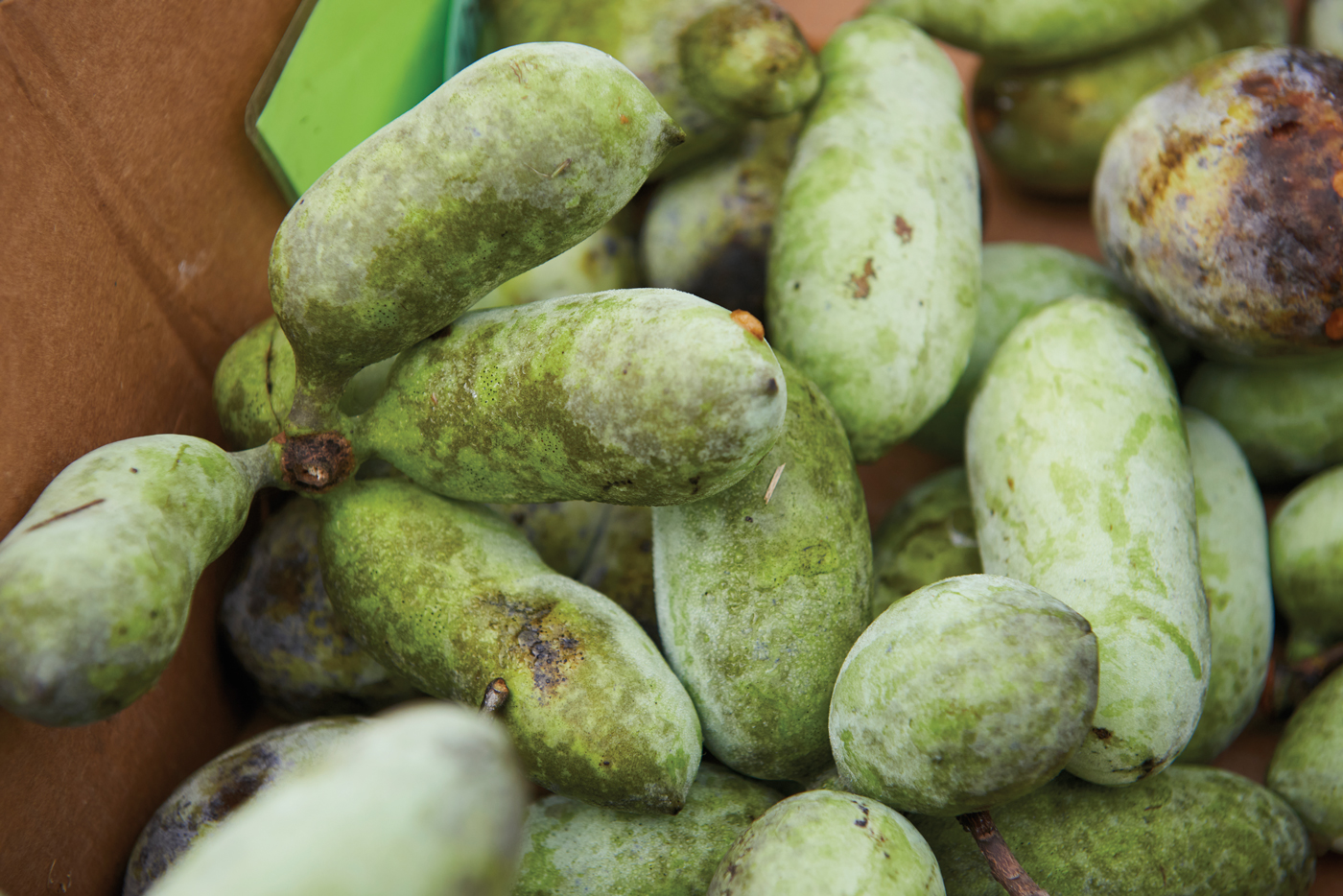1 Family Time | Fridays, Saturdays and Sundays through August

Photo courtesy of Decades.
Decades
Looking for an afternoon of family fun? Enjoy 50% off kids meals and BOGO tokens ($5 increments) from 12-4 p.m. on Fridays, Saturdays and Sundays. Decades is fun for everyone no matter their age and offers bowling, 30 retro arcade games and delicious food. Video games include Donkey Kong, Centipede, Pac-Man and Super Mario Bros. Basketball hoops and SkeeBall are also popular. Bowling lanes are first come, first serve. 438 N. Queen St., Lancaster. Information: 717-282-1421 or decadeslancaster.com.
2 15th Annual Koser Jeweler Tennis Challenge | August 8-14

Photo courtesy of Hempfield recCenter.
Hempfield recCenter
During the annual Koser Jeweler Tennis Challenge, Hempfield recCenter hosts a week of professional tennis as top female players from around the world compete in a USTA Pro Circuit $100,000 event right here in Lancaster County. The tournament is free to the community thanks to the USTA and local contributors. In addition to the tournament, the recCenter will host community events such as a luncheon dedicated to “Celebrating Inspiring Women” (August 9), High School Challenge Night (August 10) and Kids Day (August 12). 950 Church St., Landisville. Information: 717-898-3102 or hempfieldrec.com.
3 A Vintage Heatwave | August 12-13

Photo courtesy of Vintage Revival Market.
The Shops @ Rockvale
Find vintage décor, apparel and collectibles as well as handmade items from local makers at this event by Vintage Revival Market. Also, enjoy live music (Matt Hostetter on Friday and Ben Simcox on Saturday) and food trucks including Fetish Beer Wagon and Crazy Goat Coffee Co. On Friday, which is a preview night, the market will be open from 6-8 p.m. and there will be a $3 entry fee. On Saturday, the market will be open from 10 a.m.-4 p.m. and entry is free. 35 S. Willowdale Dr., Lancaster. Information: Facebook.
4 Nook Brew Fest | August 13

Photo courtesy of Nook Brew Fest.
Spooky Nook Sports Manheim
Taste beer, mead and cider from over 40 breweries, including local businesses such as Funk Brewing, Meduseld Meadery and Mad Chef Brewing, as well as brewers from across the East Coast. Music, games and food will also be available. Tickets are available in three tiers: VIP, General Admission and Designated Driver. VIP tickets include early access to the festival at noon, a T-shirt, an 8-oz. sampling cup, coupons to local retailers/restaurants and guest passes to the fitness center. General Admission tickets include entry at 1 p.m. and a 5-oz. glass for samples. Designated Driver tickets include a goodie bag with food vouchers. VIP hour is from 12-1 p.m. and general admission is from 1-4 p.m. Tickets can be purchased online. 75 Champ Blvd., Manheim. Information: 717-945-7087 or spookynooksports.com.
5 Lititz Rotary Craft Show | August 13

Photo courtesy of Lititz Rotary Craft Show.
Downtown Lititz
Launched in 1979, this show has grown from having only local vendors located on one block in Lititz to one of the top craft shows on the East Coast, attracting approximately 700 crafters from throughout the U.S. and Canada. Proceeds are donated back to community charities and service organizations. 8 a.m. to 4 p.m. E. Main St., Broad St., Lititz Springs Park. Information: lititzrotary.com/craft-show.html.
6 Evening of Music | August 14

Photo courtesy of Lititz Historical Foundation.
Mary Oehme Gardens
Join the Lititz Historical Foundation for their annual Evening of Music from 6:30-8 p.m. at the Mary Oehme Gardens stage, which is located in the rear of the Lititz Historical Foundation. Admission is free, but donations are appreciated. Music will be courtesy of The Black Ties, a Beatles cover band. Bring your own lawn chairs and blankets. 145 E. Main St., Lititz. Information: 717-627-4636 or lititzhistoricalfoundation.com.
7 Mount Gretna Outdoor Art Show | August 20-21

Photo courtesy of the Mount Gretna Outdoor Art Show.
Downtown Mount Gretna
The annual Mount Gretna Outdoor Art Show features more than 200 juried artists, as well as an emerging artist section. Kids can participate in make-and-take art activities, a scavenger hunt, spin art and more during the Kids Art Show, scheduled for both days from 10 a.m.-2 p.m. Also, enjoy live entertainment and a gourmet food court. Local restaurants, including The Jigger Shop, Porch & Pantry, Mt. Gretna Pizzeria, Mt. Gretna Hide-a-way and Timbers Dinner Theatre, will also be open. Proceeds support cultural programs and maintenance of the Chautauqua’s historic buildings and grounds. Gates open at 9 a.m. on both days and close at 6 p.m. on Saturday and 5 p.m. on Sunday. Admission is $12. Kids under 12 are free. 101 Chautauqua Drive, Mount Gretna. Information: 717-964-3270 or mtgretnaarts.com.
8 Pennsylvania Renaissance Faire | August 20-October 30

Photo courtesy of the Pennsylvania Renaissance Faire.
Mount Hope Estate
Step back in time at the Renaissance Fair and enjoy music, dancing, characters dressed in medieval garb, food stands, merchants with handcrafted wares and a variety of stage shows. This year, themed weekends include, Fairies & Fantasy (August 20-21), Pyrate Invasion (August 27-28), Heroes & Villains (September 3-5), Wizarding Weekend (September 10-11), Viking Weekend (September 17-18), Time Travelers (September 24-25), Oktoberfest (October 1-2), Shamrocks and Shenanigans (October 8-9) and Halloween Days & Spooky Nights (October 15-16, 22-23 and 29-30). Gates open at 11 a.m. Saturdays, Sundays and Labor Day Monday. Tickets must be purchased online at their virtual box office. 2775 Lebanon Road, Manheim. Information: 717-665-7021 or parenfaire.com.
9 Elizabethtown Fair | August 22-27

Photo by Seth Dochter.
Elizabethtown Fairgrounds
Enjoy animal, agricultural, competitive and commercial exhibits, a petting zoo, nightly entertainment, contests, rides and tons of great food at the annual Elizabethtown Fair, which kicks off fair season in Lancaster County. Free admission. Monday, 5 p.m.-11 p.m. and Tuesday-Saturday, 10 a.m.-11 p.m. 900 E. High St., Elizabethtown. Information: 717-367-0508 or etownfair.org.
10 New Holland Summer Fest | August 26-27

Photo courtesy of New Holland Summer Fest.
New Holland Community Park
Enjoy food and live entertainment at this annual event, which features the state championship barbecue cook-off. Admission is free for the public. Proceeds benefit the Garden Spot Fire Rescue and New Holland Community Park. 400 E. Jackson St., New Holland. Information: 717-875-1267 or on Facebook.
For more information on local events, click here!




























































